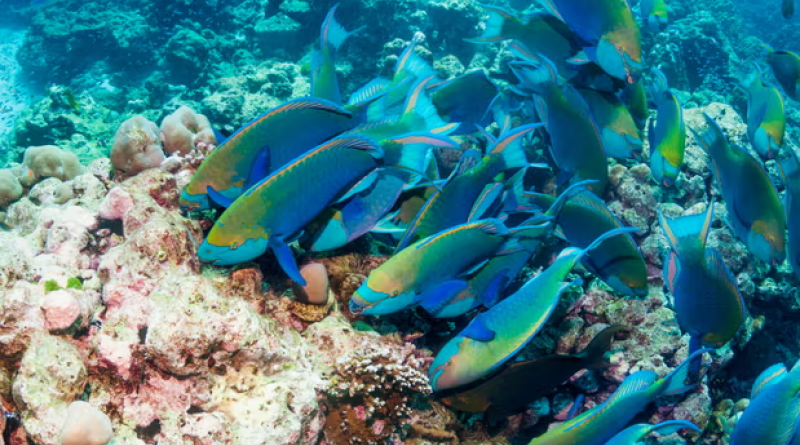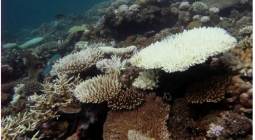The Guardian view on protecting corals: what lies beneath matters too

Mass bleaching events go largely unseen, but a quarter of marine species and half a billion humans depend upon reefs.
When images of the climate emergency’s impact are so visceral and so widespread, it is easy to neglect what we cannot see. The shocking photographs and video footage of wildfires in Hawaii and Greece, and floods in China, along with the terrible loss of life and testimony from those who fled, are beginning to bring home the contribution of global heating to such disasters – even if people, and especially businesses and governments, may be slow to accept the truth and even slower to act on it.
Yet our eyes cannot fully capture the devastation in Hawaii, and it does not end where its shores meet the sea. Beneath the surface of the water, sediment runoff may smother coral polyps and block sunlight, affecting the growth of colonies, experts warn. This is only one element of a broader disaster now unfolding, which scientists fear may soon be global and yet which has generated relatively little attention or alarm. Corals in countries across Central America, North America and the Caribbean are suffering significant bleaching as they experience unprecedented levels of heat stress due to record ocean temperatures, and there are similar warnings about reefs off northern Vietnam and southern China. In Florida, some sites have reported total loss of all corals.
Coral reefs account for only 0.1% of the surface area of the ocean. Yet they support a quarter of the world’s known marine life – and an estimated half a billion people, for whom they provide food, jobs and coastal defences. Most corals grow less than an inch a year; some deep sea colonies have been developing for more than 4,000 years. But destruction happens at a terrifying pace. Reef cover has halved since the 1950s, with the rate of loss accelerating. And while bleaching does not always lead to the death of corals, scientists say they don’t reproduce as well and are more susceptible to disease – or further bleaching. As temperature extremes become more frequent, reefs have less time to recover. In 2018, the Intergovernmental Panel on Climate Change warned that 1.5C of global warming – the level the world is predicted to reach early next decade – would lead to the destruction of between 70% and 90% of the world’s reefs. A recent study paints an even more alarming picture, suggesting that 99% would experience heatwaves too frequently to recover.
Valiant scientists and activists are working on ways to save reefs, such as by nurturing and reintroducing corals – though some of these projects too have been hit by bleaching recently. Potential mitigations include introducing species that are more resilient to high temperatures – though adding non-native species to an ecosystem is fraught with its own risks.
The focus must be on prevention. Reducing pollutants, especially agricultural runoff, and tackling damage from tourism and overfishing is critical, since these all make reefs more vulnerable to bleaching. But the only real solution is to slash the use of fossil fuels.
It is tempting to shock people into such changes, but not always effective. Humans need to be confronted not only by the haunting images of ghost reefs, with life and colour drained from them, but also by the wonder of those that are still healthy, with their fabulous, fantastical populations. Contemplating these ecosystems in all their rainbow glory reminds us not only of what we have lost, but what we must protect.
Photograph: Jane Gould/Alamy // Singapore parrotfish grazing on a coral reef in the Andaman Sea, south-east Asia.






